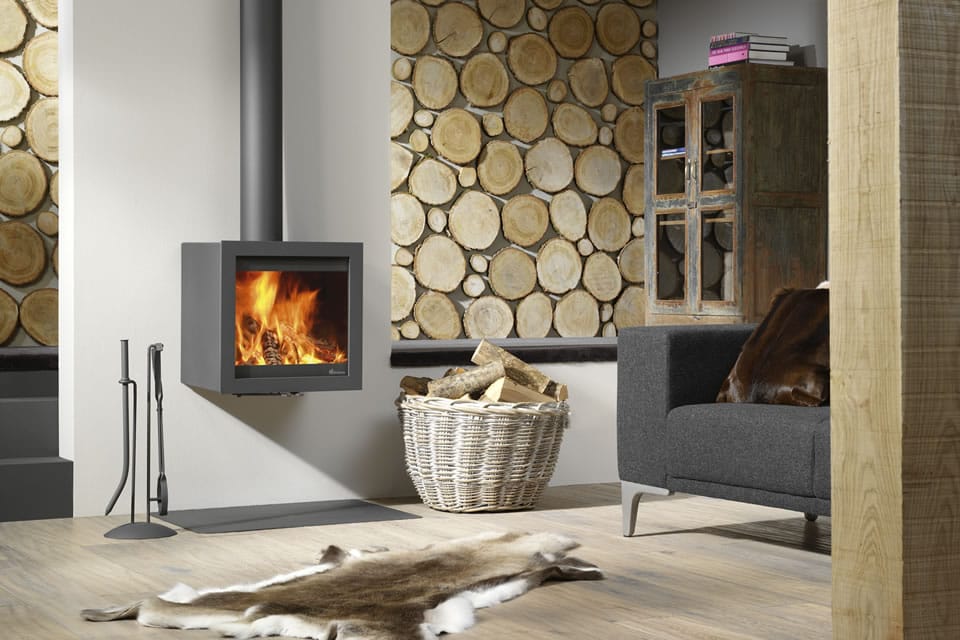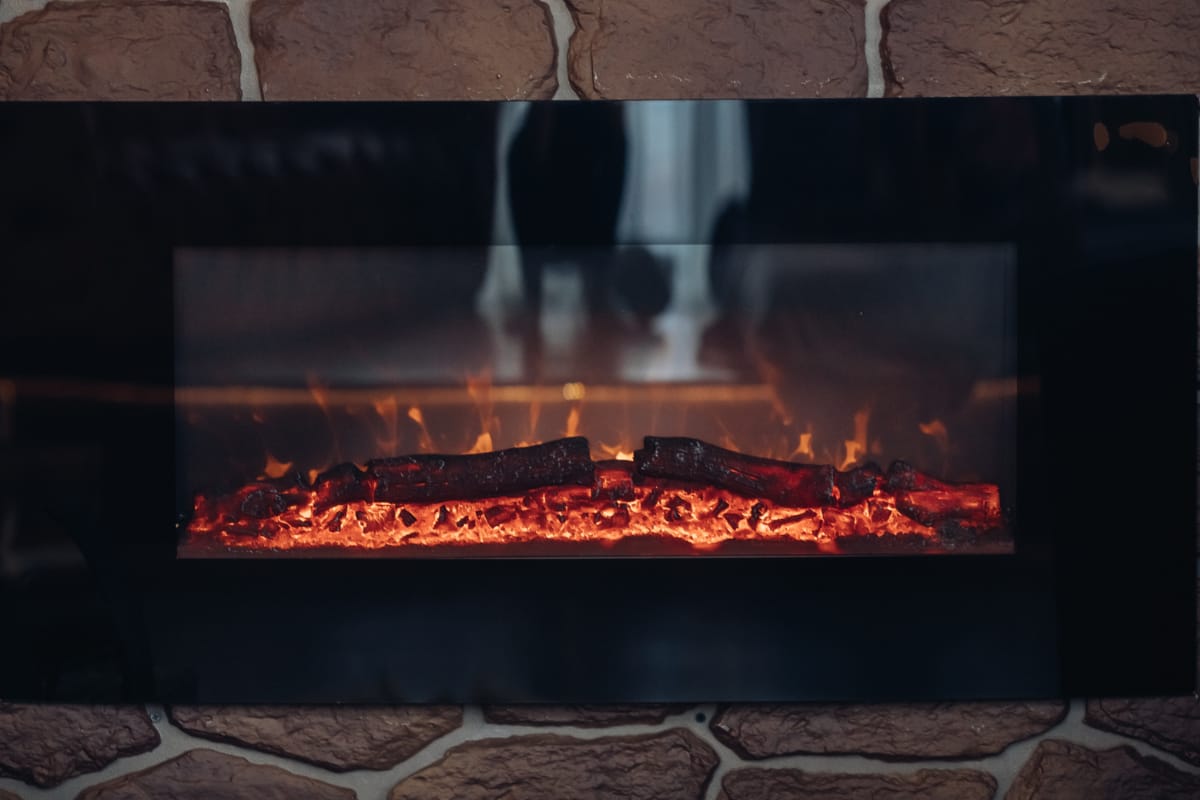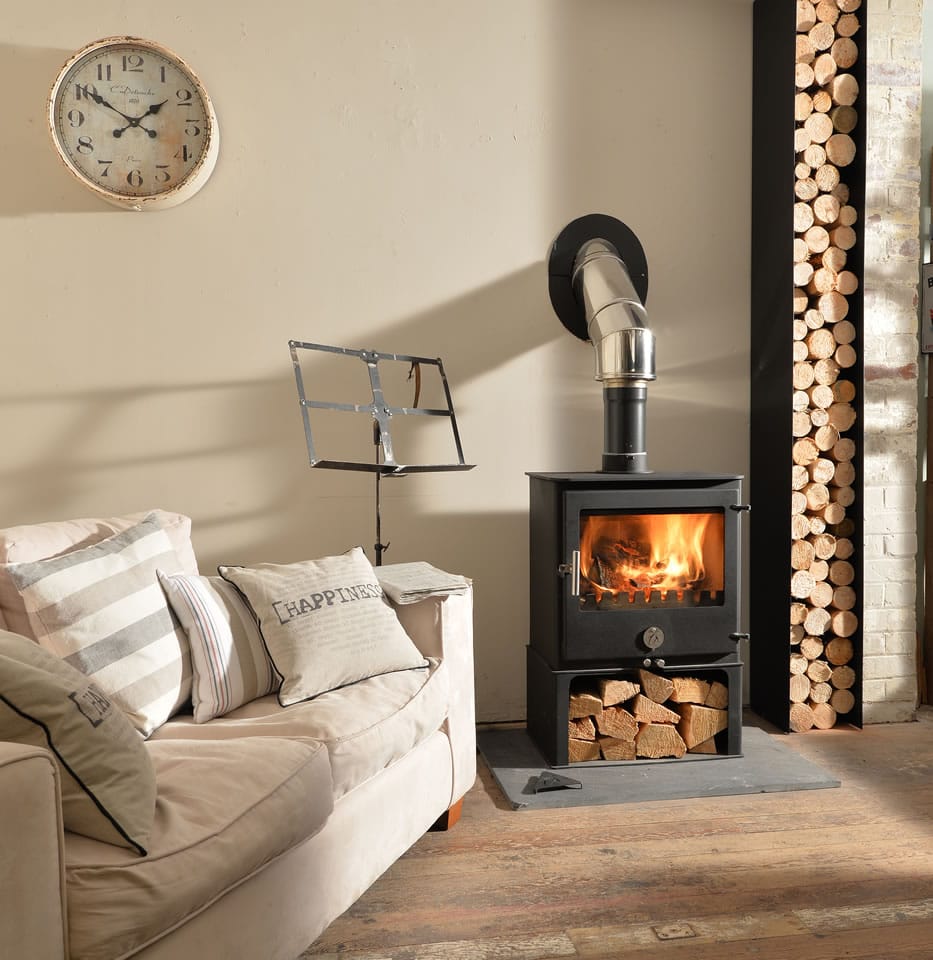

Multi Fuel Stoves Versus Wood Burning Stoves
M ulti-fuel stove
The type of fuel available to you will determine whether you purchase a multi-fuel or wood burning stove. Here we will give you the advice you need to make that decision before you purchase your new stove.
Multi-fuel stoves are also known as mineral-fuel stoves, they can burn wood, smokeless fuel and coal.
There are differences in the way fuels are burnt, and not all multi-fuel stoves are optimised to burn all compatible fuels with equal efficiency.
How different fuels burn
Coal requires airflow from below the coal to burn efficiently, this happens through a grate. Most multi-fuel stoves have a riddling plate allowing for the removal of built up ash to maintain the required airflow.
However, wood burns best when sitting on a bed of ash, also called a firebox, which is where the fuel burns, with the air circulating from the top.
Because of these differences, a multi-fuel stove may not be optimised for burning both types of fuel; you will need to make a decision about the fuel you will have available before you purchase. The Stove Industry Alliance (SIA) found that 77% of multi-fuel stove owners only burn wood.
If you think you will only need to burn wood, getting a dedicated log burner is advisable. However, if you don't think you will have regular access to wood and need the option to burn coal on occasion, then a multi-fuel stove is a good choice. Some stoves come with a control allowing you to circulate more air from above or below your fuel source.
Ideally, it is best to work out the type of fuel you have available to you and base your purchasing decision on that. The next thing you need to be aware of is smoke controlled areas. If you live in a smoke controlled area you will need a Defra exempt stove or to only burn smokeless fuel on a multi-fuel stove.
If your reasons for moving over to a stove is to be more eco-friendly, then coal isn't a carbon-neutral fuel, unlike wood which is. Wood is thought to be carbon-neutral as the carbon created when the wood is burned is offset against the amount of carbon a tree consumes during the growing process.
Wood burning stoves
Wood burning stoves are also known as wood fuel stoves, they run solely on wood logs, pellets or chips.
Log burner
The manufacturing of logs is less involved than producing pellets and chips. You also have the option to collect fallen wood yourself, bearing in mind you will need space to dry and store the wood you have collected.
If you choose to collect fallen wood, which is the most eco-friendly of your three choices, you need to factor in the time needed to dry the wood before it can be burned. It can take one to two years to get the wood to its most efficient for burning. Have you got the space to dry your wood and space for storing wood ready to use? Of course you can always buy ready dried wood, but at a higher price.
Wood pellet stove
Wood pellet stoves are a little more complex, they use electricity to power the automatic loading and ignition. These stoves don't look like your typical stove and will cost a lot more. They use pellets made from sawdust and other wood-by-products as well as organic materials such as corn, all of which are tightly compacted together to create the pellet. Make sure you know which type of pellet the stove burns before you buy.
Most wood pellet stoves have the facility to feed the pellets into the stove, called a hopper. Most also have an automatic ignition to light the pellets electronically, a timer and a back-up power supply.
Wood pellet pros
- Drier and denser than wood logs, making them more efficient
- Uses materials that may otherwise go to landfill
- Requires less storage space for fuel
- Produce less ash than burning logs.
Wood pellet cons
- Making the pellets does have an environmental impact - they produce 3.5 times more carbon per kWh than wood logs
- Wood pellets can be harder to come by than logs
- Rely on electricity
- Need to be maintained more regularly than a log stove - they need to be serviced as well as having twice yearly chimney sweeps.
0 Comments
Comments have been switched off for this post!
Recent Posts
-

-

Breathe Easy With An Electric Fireplace
Mar 13, 2024
-

Rethinking Home Heating For A Sustainable Future
Feb 07, 2024
-

